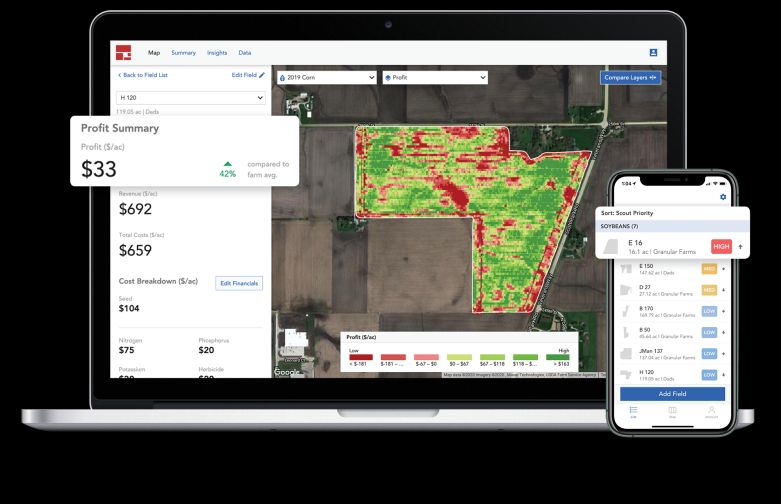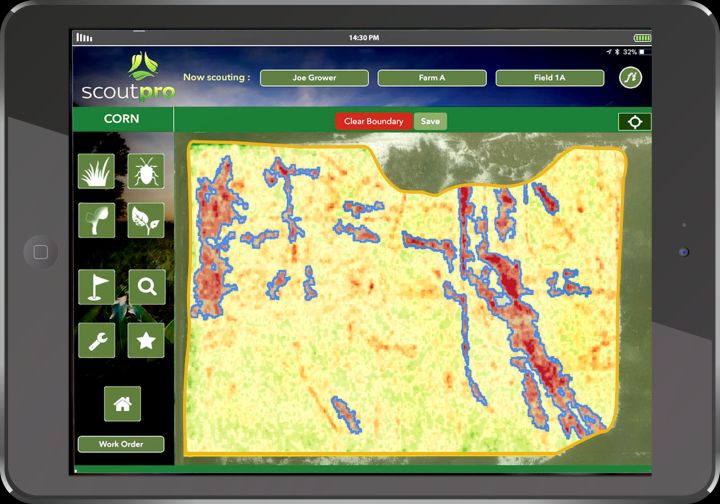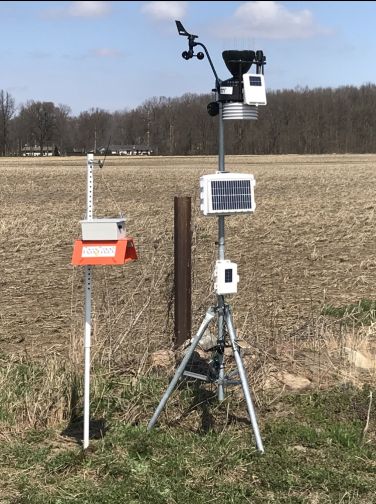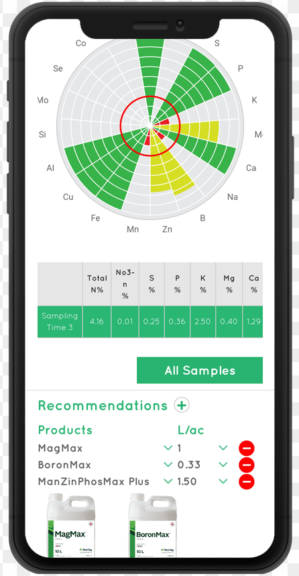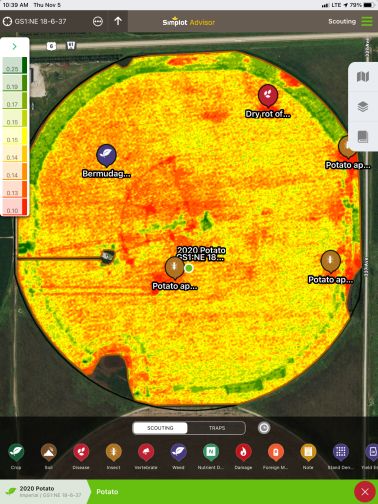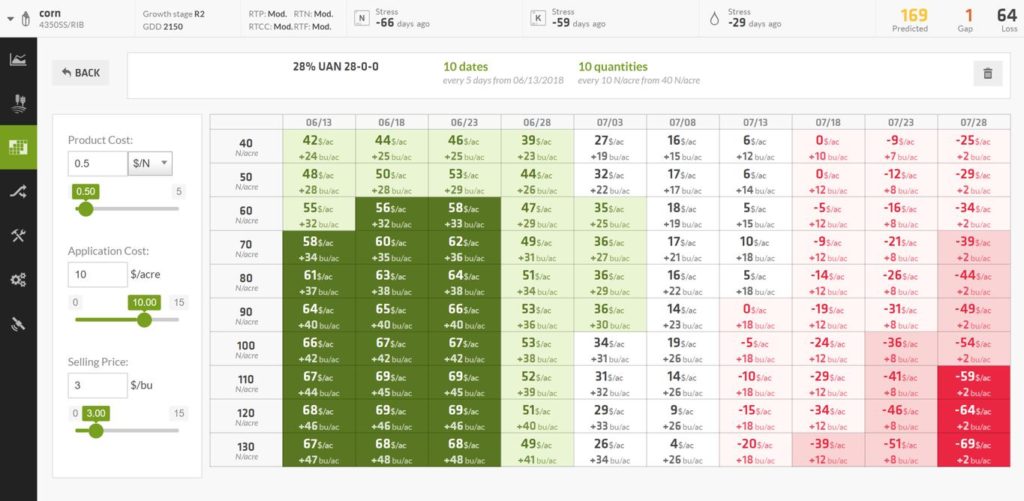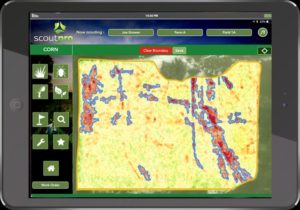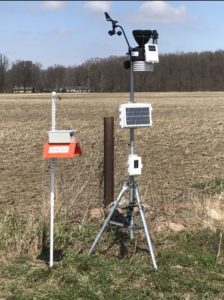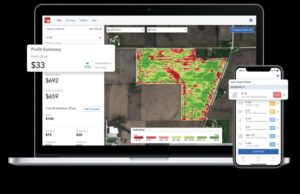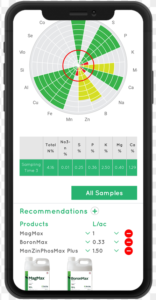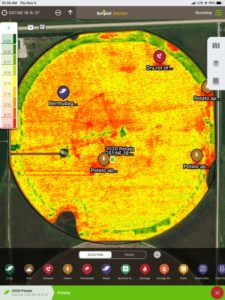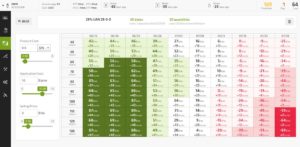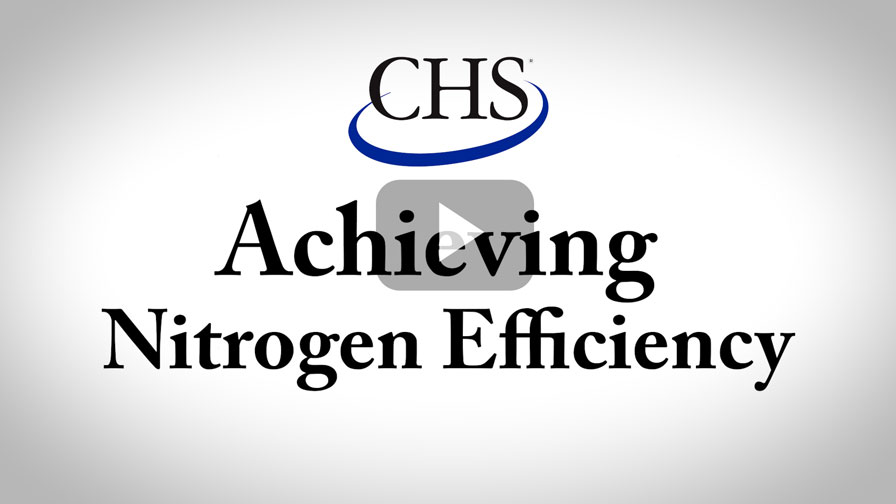Data-Driven Scouting Tools Boost Productivity for Today’s Agronomists
Scouting tools, along with just about every aspect of agriculture, have benefited from advancements in technology. The tools are more sophisticated, easier to use, and deliver more information to consultants and growers than every before.
“Scouting tools have taken on a different meaning over the last several years,” said Dr. Sebastian Margarit, Director of Agronomy at NutriAg. “Companies are coming out with their own spin on the idea and it just comes down to what each company specializes in and that’s what their scouting tool will focus on and excel at.”
Many of the tools have been around for years, but the internet and advancements in handheld technology have made them easier to use and interpret data. That doesn’t mean ignoring “old-school” technology. Instead, it means incorporating them into the fold.
“Drones have become common. Aerial imaging is readily available,” said John Larkin, Marketing Manager. “But with all of these tools, we believe that it is critical to ‘ground truth’ the digital data with in-the-field tools. Even though it is old school, probes and tissue samples pulled through the season are still an important part of the mix.”
Simply put, new technology makes gathering and interpreting the myriad data points easier.
“These tools have evolved to be simpler, with greater offline capabilities for areas without cell coverage,” said Simplot Grower Solutions Smartfarm Platform Manager, Mark Davis. They have put more agronomic data in the hands of the scout such as crop imagery, management zones, application data, and soil test data to name a few. This immediate, additional data allows our crop advisors to make the best recommendations in a more-timely fashion.
And as anyone who has paid even the slightest attention to this space, data is the key.
“Where five or 10 years ago agronomists and ag retailers might have been looking for stand-alone scouting tools, we now see a strong focus on being able to share observations and recommendations with colleagues, clients, etc.,” says Ryan Humpert, Senior Sales Executive for Agworld. “Instead of relying only on what an agronomist might scout themselves, they are now able to see observations from others that have been in that same field as well, and use that in their decision making process by letting the data flow through into their workflow which maybe planning, recommendations or jobs that need to be done.”
One of the challenges, however, is to make sure the information these tools generate is properly interpreted. Even though they continue to become more sophisticated, scouting tools are only as good as the information they collect and the person deciding how to use it.
“Always keep in mind the new scouting tools are not a substitute for agronomics,” explains Dr. Alan Blaylock, Nutrien Senior Agronomist. “For example, a computer model is only as good as the input. Agronomists must still be engaged to ask the right questions and interpret data in context of what is happening in the field. If technological tools are not used to enhance agronomics, they become just toys. But when used to improve agronomic understanding, gather usable data/information, enhance the ability use the data, they can improve and expand our agronomic abilities.”
Erich Eller, president and owner of ForeFront Ag Solutions sums up the technology this way: “The scouting arena has changed quickly the last 3 years. Hiring a quality scout should not be looked upon as an expense, it should be an investment. This is a process in helping our growers reduce cost where they can and direct dollars to where they can add yield or a positive ROI. We run a systems approach. With imagery and multiple sensors around we are studying a field before we ever set foot in it. We know our purpose for walking that field. Versus traditional scout of walking and wondering.”
Challenges
As with any rapidly adopted technology, a lot of companies tend to jump into the space with a hope of finding a new or increased revenue stream. And that means a lot of different solutions.
“There are too many platforms out there that do bits and pieces, but the market demands all data to be in one place, easily accessible, timely, with analytics and reports that can be shared with a click of a button,” said Ben D. Johnson, Product Marketing Manager, Farmers Edge. “This is something growers and all their vendors and farm stakeholders want — to access data in a timely manner to make quick decisions that contribute to high yields and reduced costs.”
Christie Apple, Regional Sales Manager, Timac Agro USA, puts it this way: “As any developing technology segment emerges, challenges abound,” she says. “Scouting tools certainly fall into that as well. A big point of contention amongst agronomists, farmers and field techs is consistency in communication. It’s not just being able to share what the scout may have found, but it’s equally as important to share it in a way that is easy to access, simple to use and can be shared across many platforms. I’ve used seven different apps/programs over the past several years. I’ve found tools I love for in-field work, only to discover it’s not compatible with my client’s operation system on their phone or tablet. Finding a tool that consistently meets these three fundamental needs across multiple platforms is a clear vulnerability.”
Nutrien’s Craig Marsh, Complete Agronomy Group, agrees.
“It all comes back to being able to use the data compiled during scouting to inform decision-making,” he says. “Growers have an array of choices between apps and solution providers, but the real key is the compatibility of the data they’re gathering with their technology. The Digital Hub provides innovative ways for growers to integrate their data into a platform that can create recommendations and help them stay connected to their trusted advisors.”
Of course, with any technology there are early adopters and then there are the others.
“Promoting the adoption of new technologies — which is traditionally slower in the ag industry than other industries — will continue to be a challenge to growing the market,” said Lori Reese, Digital Business Manager with Granular, which is owned by Corteva Agriscience. “This challenge can be met by garnering confidence in the technology and showing real ROI from the data it provides.”
Will Mangen, Field Services Sales Manager, Winfield United, sees another challenge for technology providers.
“The biggest challenge is having tools that can deliver insights far enough in advance that action can be taken quickly enough to make a difference,” he said. “When you think about how fast farmers have to make in-season decisions, that’s always going to be a challenge for the scouting tools market. And if a tool does require someone to be out in the field getting those insights, having enough help to go out and scout those acres is always going to be a challenge for the retailer.”

